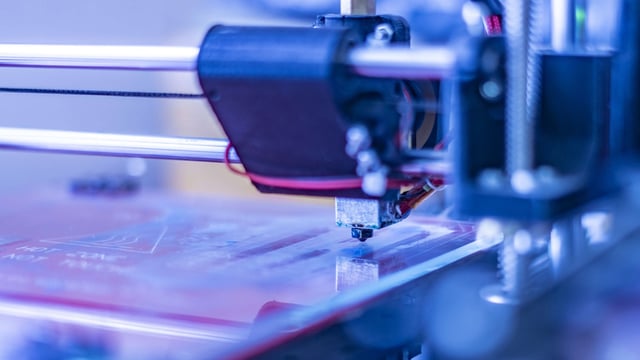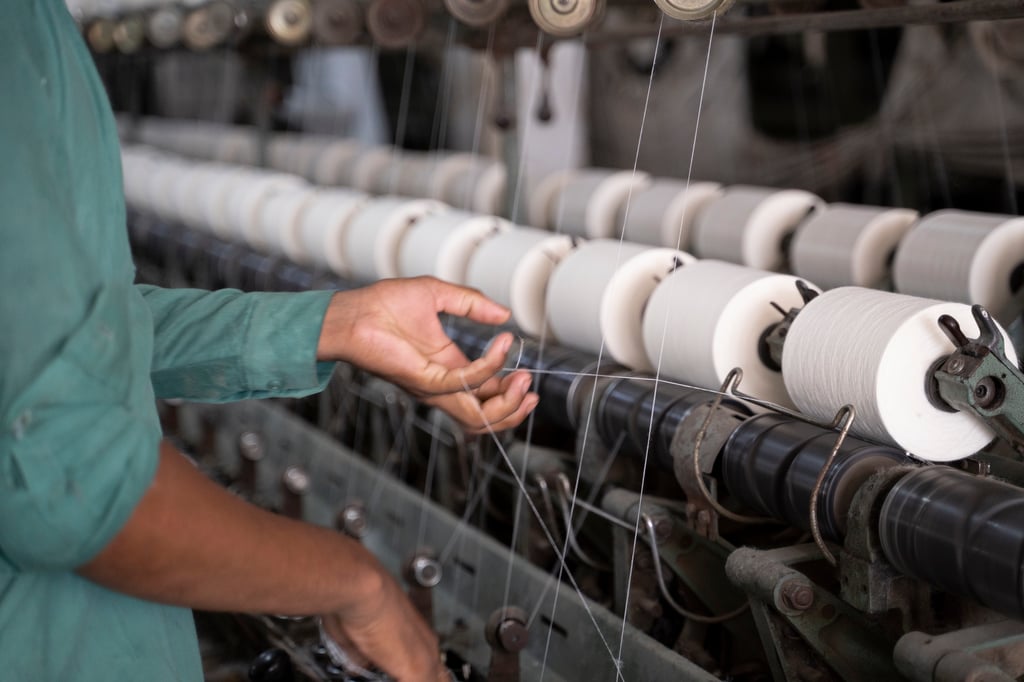Stuart Kelly reflects on common themes emerging in risk as the shift from traditional risk management programmes to brand assurance becomes increasingly important.
Back in 2010, experts at Deutsche Bank, in an analysis* of the impact of advertising on 30 European and US companies, published this remarkable fact:
“Intangible assets account for more than 100% of the market value of the consumer staples sector…”
That’s right. Over 100% of the market value of the businesses Deutsche Bank looked at was found not in their factories, equipment, stock, cash, or property but in their intangible assets – and essentially, that means their brands.
Perhaps we shouldn’t be surprised.
More recently, market researchers at Kantar put a value on the world’s top 100 brands. The figure in 2022 was an incredible $8.7 trillion. Or put another way, more than the total value of the UK, French and Russian economies – combined.
For a company like LRQA, this raises an important question; if the value of a business often resides not in tangible, physical assets, but in its brands, why do risk management programmes so often focus on the former and not the latter?
Podcast: Brand assurance - a new way to think about risk
Listen to our podcast where Stuart Kelly, Sales Director talks brand assurance, what it is, why it's important and how businesses can build their brand assurance.
Podcast: Brand assurance - a new way to think about risk
The answer, of course, is that they shouldn’t. More and more we are talking to customers about a holistic approach where managing the risk to a brand, not just operations, is the goal. This shift towards ‘brand assurance’ is not easily achieved, but nonetheless many businesses are setting out on the journey. As they do so, I’ve been reflecting on some of the common themes to emerge.
- Mind the gap. It can be helpful to think about brand risk as the gap between what you say and what you do. What claims is your brand making? How confidently can you stand behind those claims? And how do your assurance activities help manage that gap?
- The audit mindset. Protecting physical assets often relies heavily on audit, inspection, and compliance-led thinking. As we know, these activities are hugely important, but brand assurance requires us to start thinking about how we can implement a ‘real time’ approach.
- One size does not fit all. Traditional models of audit and verification will only take you so far. Think about what’s important to your brand, what’s important to your customers and stakeholders, what risks are unique and special to you? We’re finding more and more clients asking for advice around how to make assurance programmes more bespoke.
- Eyes forward. Brand assurance requires businesses to be much more aware of what’s going on now and being more ready to adapt processes and methods before real issues emerge. Crucially, this can only happen if the culture is right: one where people are continuously wanting to improve, not just fix problems that have already occurred.
- Walk the talk. We’ve always judged brands on what they deliver: quality; price; reliability; safety. But today, we judge them on how they deliver too: the legacy they’re leaving for the planet; the reality of their impact around the world. Brand assurance can be an integral tool for delivering continual improvement around factors like health, environment, treating people properly and working responsibly within communities.
- Open up. When consumers have access to more information, brands are more accountable than ever before. Done right, brand assurance should create new opportunities for competitive advantage through transparency.
Running through each of these points are two, connected truths. First, effective brand assurance means being much more dynamic. These cannot be static processes. If the events of recent years have taught us anything, it’s that businesses must be ready to adapt to new circumstances – and that their consumers expect it. And second, the need for dynamism will see risk management functions become increasingly reliant on the ability to collect and analyse data – an area in which LRQA has been investing heavily in recent years.
In such a fast-changing environment, it would be strange indeed if approaches to risk management stayed the same. The fact is, many companies are already making changes as their focus broadens to protecting not just physical assets but intangible assets too. It’s a brand-new world. Are you ready?
*European Consumer Staples: The Importance of A&P, 15 January 2010. Deutsche Bank AG, Consumer Staples Research team






